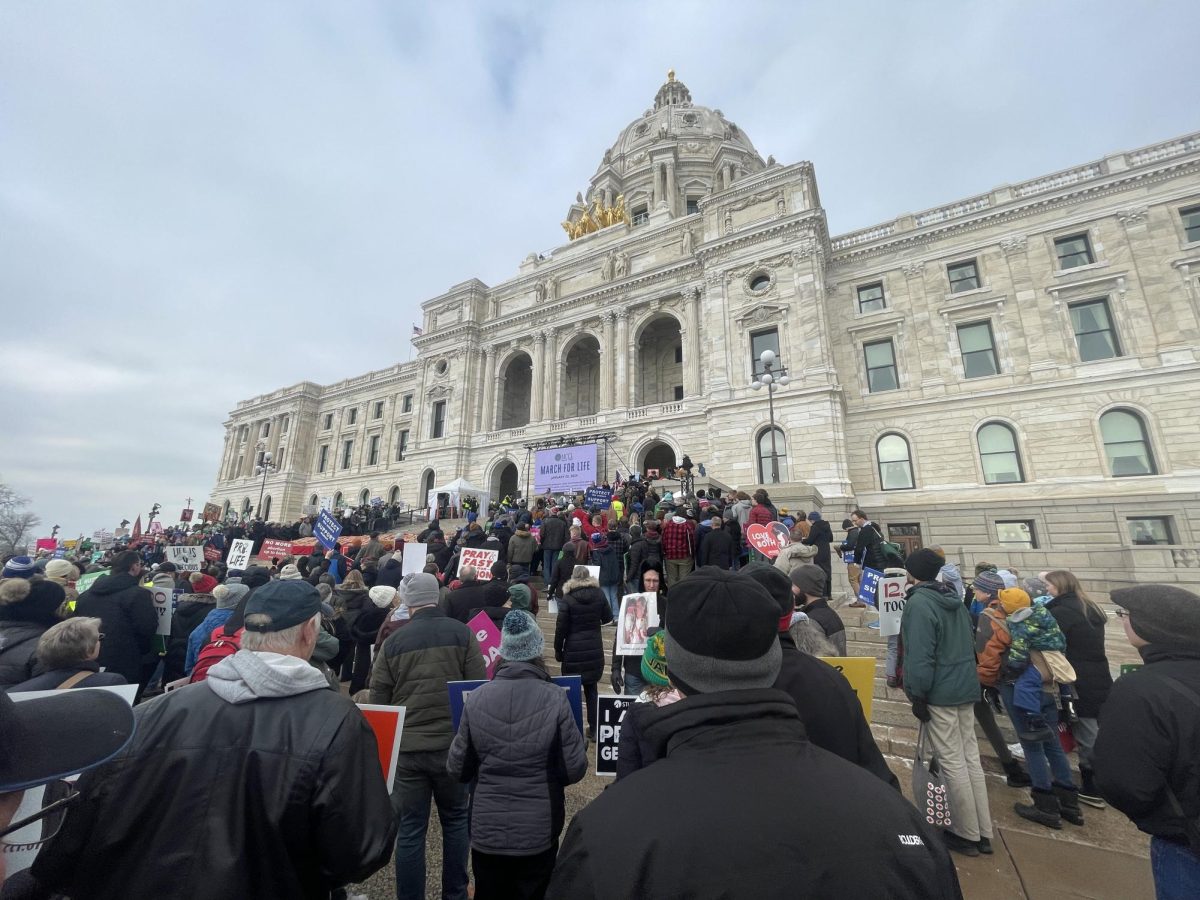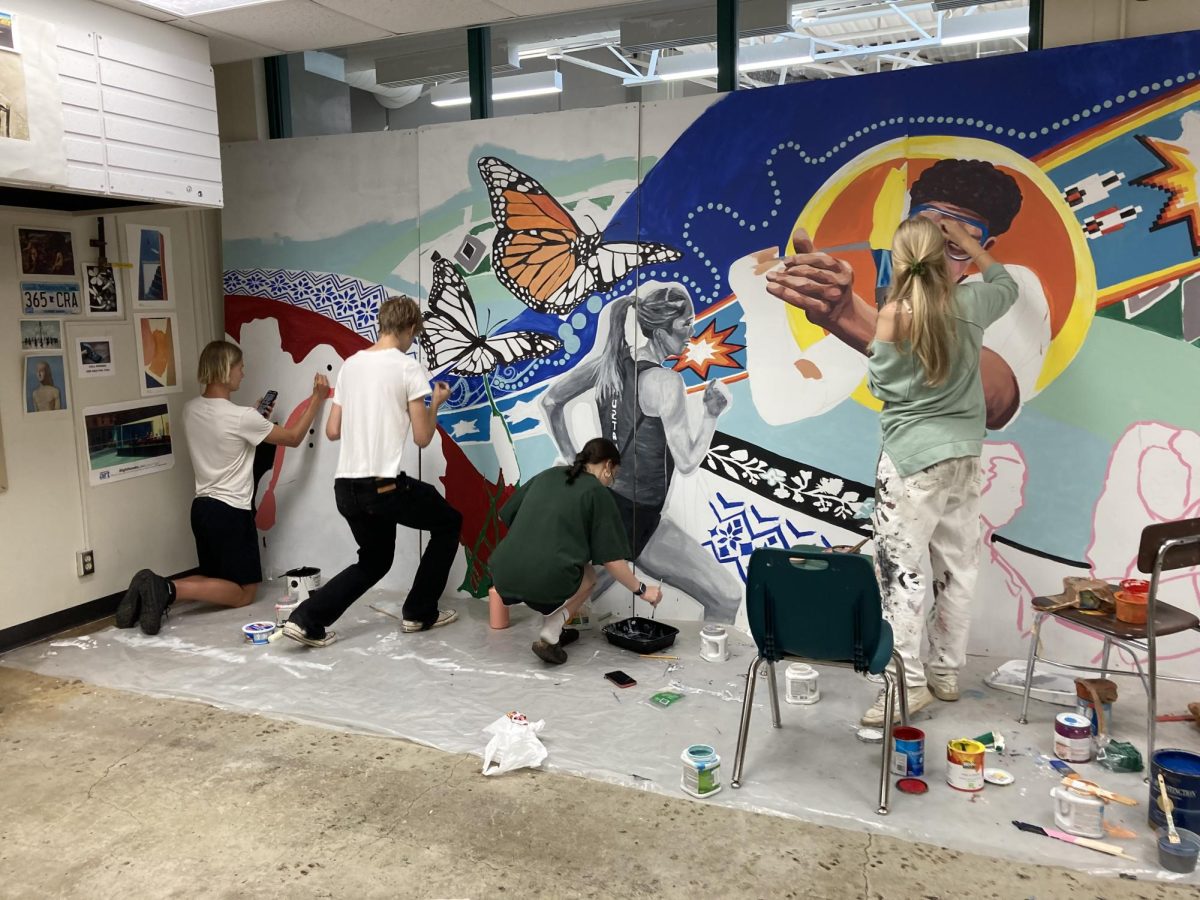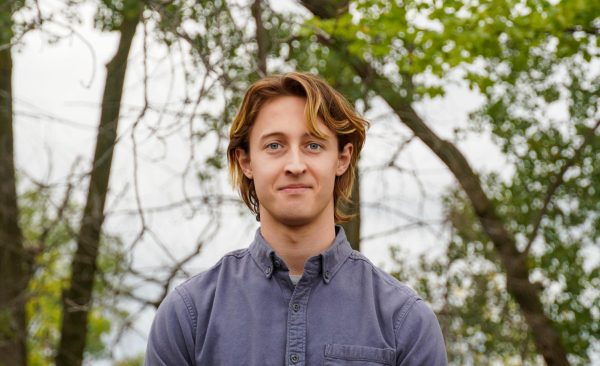Living in a bubble simply means living in a limited reality and being absorbed in one’s own world. It usually means only exposure to a narrow range of perspectives and information. Mounds View’s general lack of diversity is evident; some would even consider the community a bubble. While the effects of this minimal diversity are apparent to some, others are unaware of how they are affected by their community or how they can escape “the bubble.”
There are many ways someone can live in a bubble. Most of the time, they form in communities when diversity is minimal. Whether it be religiously, racially, socio-economically or politically, immersion in a community with little diversity restricts individuals’ access to varying perspectives and therefore causes bubbles to form.
Additionally, in an environment like Mounds View — or most American high schools, for that matter — even if there is diversity within a community, many often still conform to groups of people similar to themselves. Although it was written satirically, we can all attest to the truths behind the “Mean Girls” lunch room scene.
These social groups are not as problematic as other bubbles, such as the political bubbles that have formed nationally and have been developing for years. Communities of people with similar political beliefs tend to be reinforced through limited exposure to opposing viewpoints.
In a study conducted by The New York Times, it was concluded that “one in three Americans are almost completely isolated from the opposite [political] party.” Minnesota is no exception, and this is evident when looking at a state election map. In the 55128 ZIP code, consisting of Minneapolis and Saint Anthony, just four miles away from Mounds View High School, only 19% of voters vote Republican. Further north in Lino Lakes, 10 miles from Mounds View High School, roughly 75% of voters vote Republican.
Most neighborhoods within the Mounds View School District lean Democrat but not by an exceptional margin. Data from publicly available voter registration records show that most neighborhoods in Shoreview, North Oaks and Arden Hills have a Democratic majority by about 10-20%.
Many students would consider Mounds View to lean substantially left and might even consider our school to be in a liberal political bubble. According to a poll conducted on The Viewer Instagram, 84 out of 102 voters said they believe Mounds View’s student body leans liberal. While there are certainly conservative and right-leaning students at Mounds View, they are clearly a minority.
Many Democrats around the nation would say they were surprised when Donald Trump won the presidential election in 2016 and, likewise, many Republicans would say they were surprised when Joe Biden won in 2020. Such a mentality eventually contributed to the capital insurrection on Jan. 6, 2021. The Republican voters’ shared denial in the election results can be attributed to the fact that they rarely interact with people who voted for Biden and hence are secluded within their own shared opinions.
When one is less likely to question information around them, they become more prone to manipulation, such as how many Trump voters were easily manipulated to believe the 2020 election was rigged.
Modern-day media plays a major role in creating these bubbles by making people susceptible to echo chambers, where individuals are only exposed to views and opinions that align with their own. Through algorithms on social media platforms like TikTok and Instagram, users’ opinions and biases are reinforced due to continuously consuming content that aligns with their views. This can be especially dangerous as social media content is not held to any journalistic standards, which can leave consumers purposefully misinformed about issues.
Seeking media that challenges your beliefs is the most effective way to not be influenced by echo chambers. Additionally, fact checking the media you consume is one of the best ways to avoid falling into the trap of echo chambers on social media. It goes without saying that not everything you see online is accurate. You should fact check any statements on social media before sharing, commenting or articulating an opinion on them.
There are a few important steps to follow whenever verifying the accuracy of online information. First, take note of the origin of the information. Check if it is from a credible source, such as a reputable news organization, an academic institution or a government agency. Even if information seems to come from a reliable source, it is still important to verify its accuracy.
It is also important to check other reliable sources to verify online information. You can check reliability by using fact-checking websites such as Snopes, Politifact or FactCheck.org. Deciphering what is true and consuming content from various sources allows you to not fall into media bubbles and avoid misinformation.
While not everyone “lives in a bubble,” the importance of diversifying one’s viewpoints is something everyone should consider. Fortunately, we live in a globalized society where information has never been more accessible, so we have resources to expand our perspectives. By seeking out unfamiliar opinions, individuals can break out of their bubbles and reap the benefits of diversity.


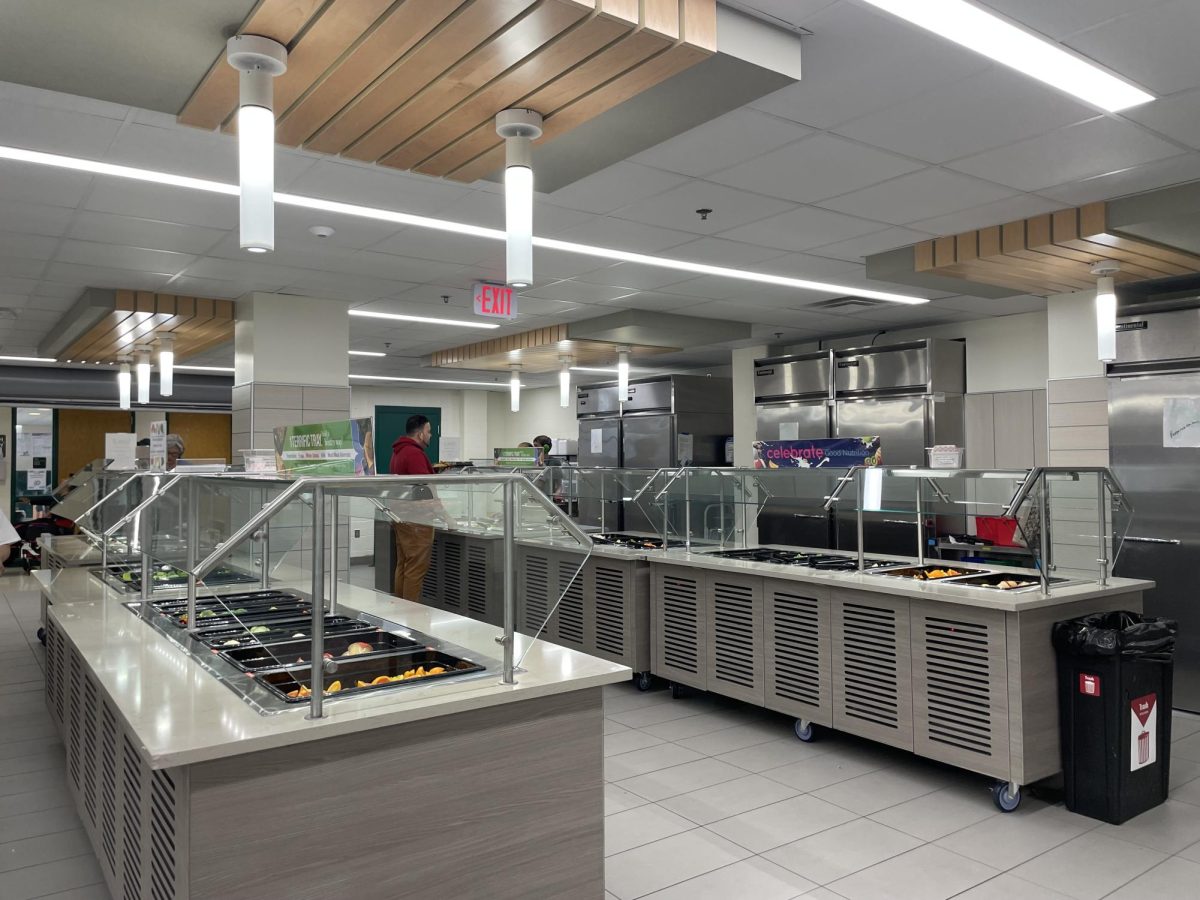
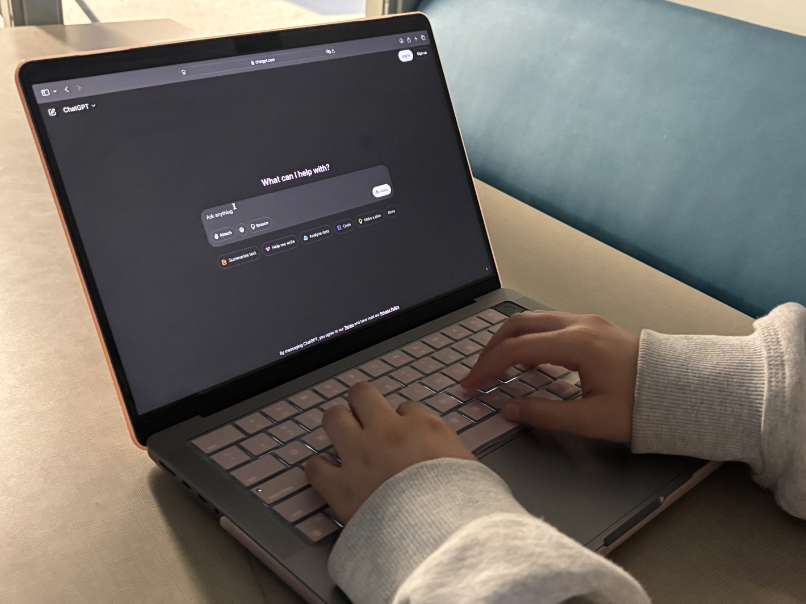
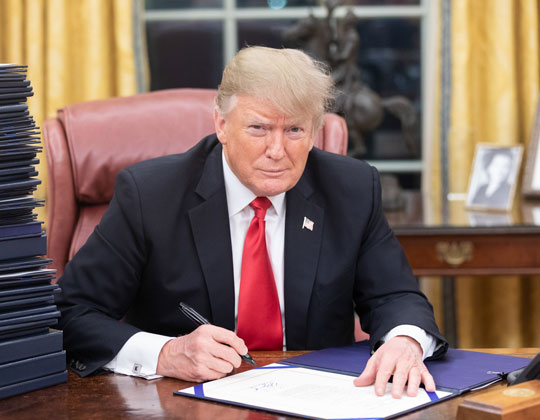
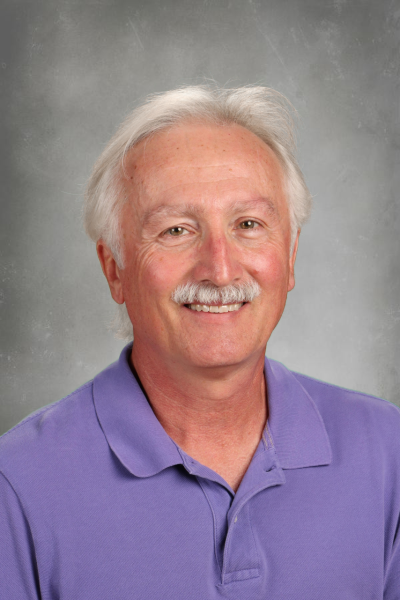


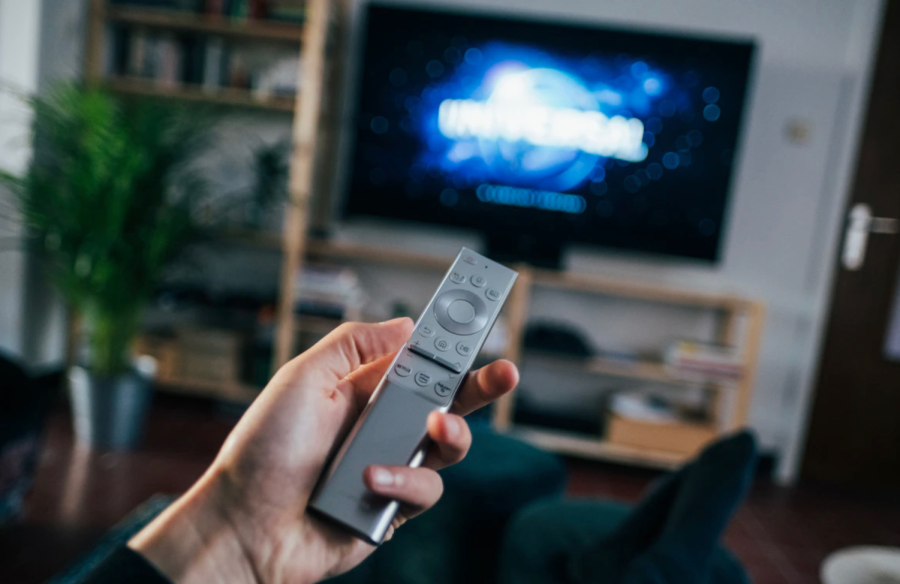

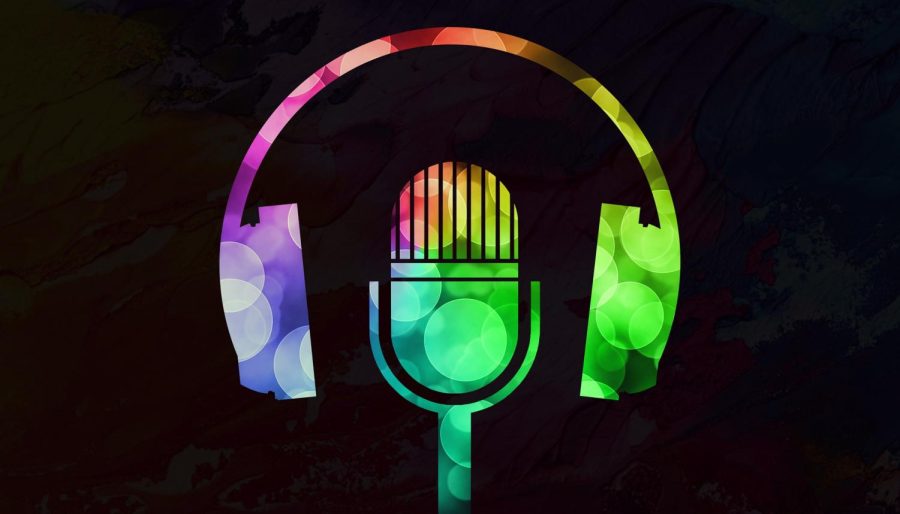
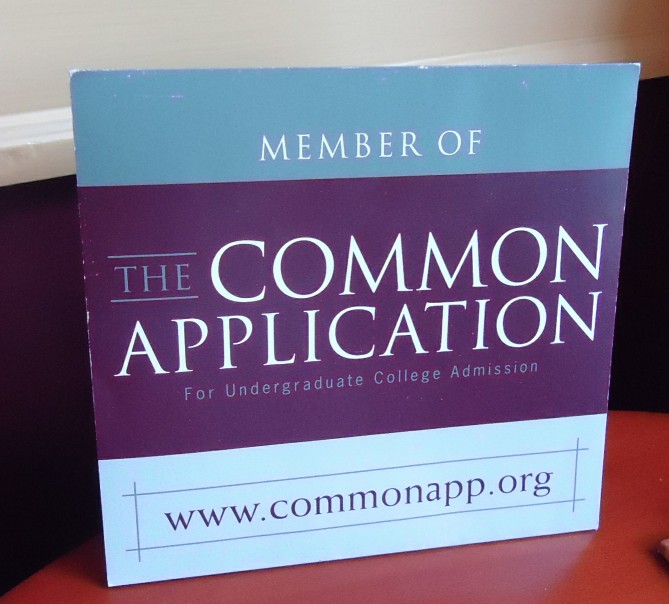
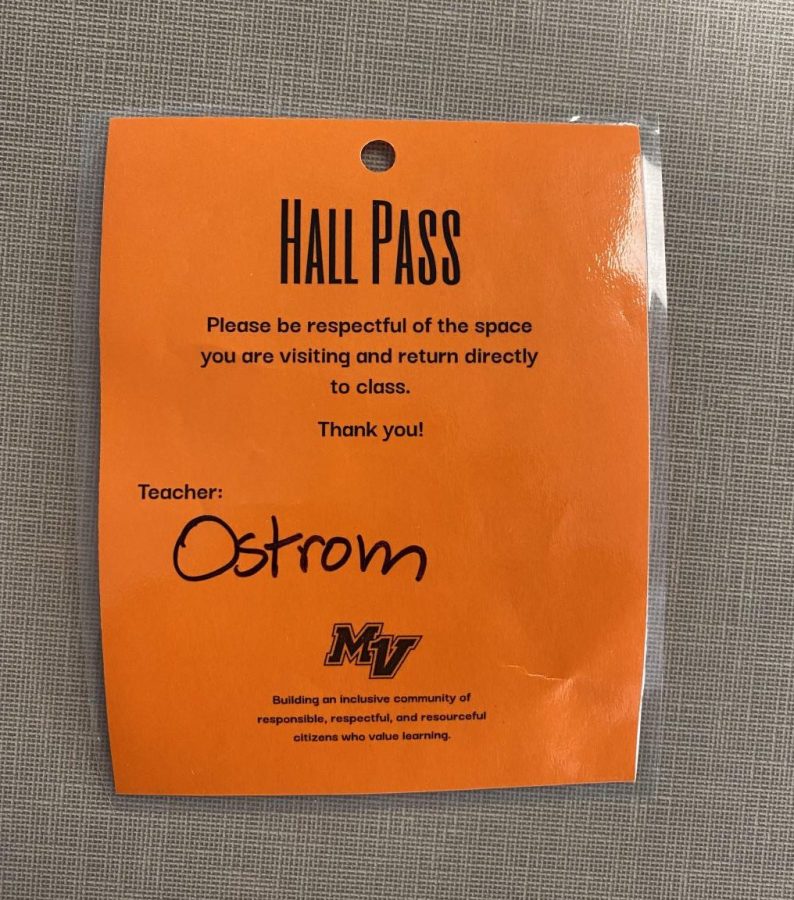


![[DEBATES] Prestigious colleges: value or hype?](https://www.mvviewer.org/wp-content/uploads/2024/12/buildings-1200x654.png)
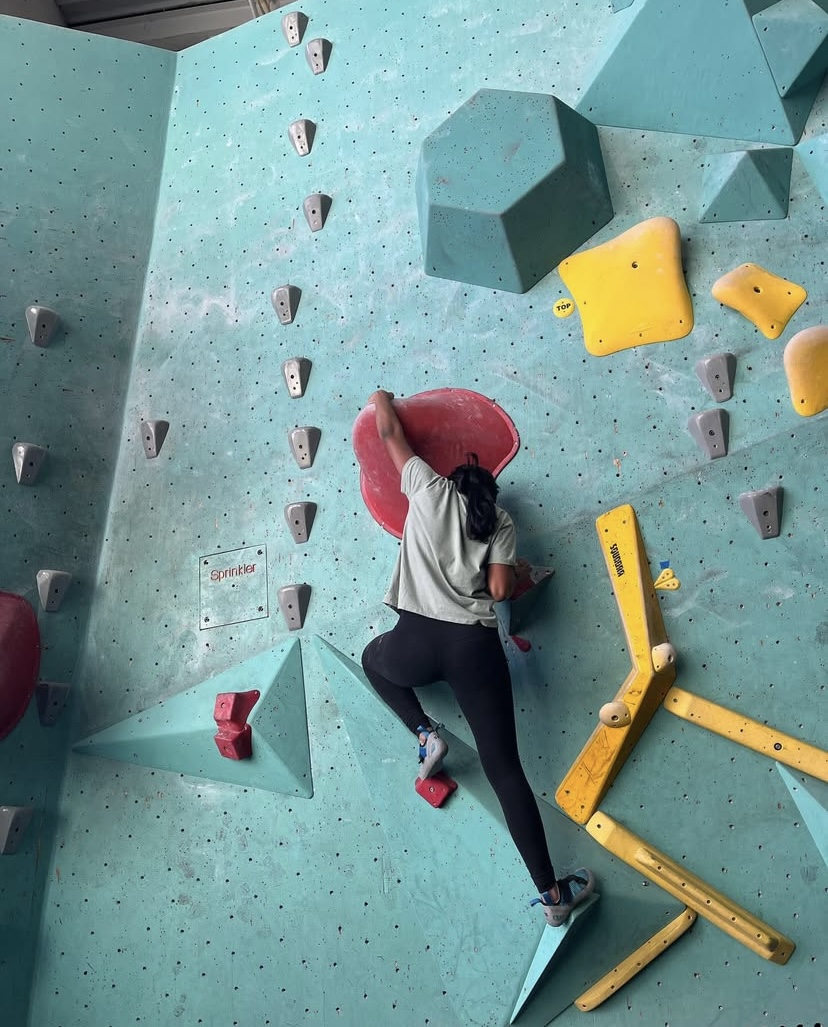
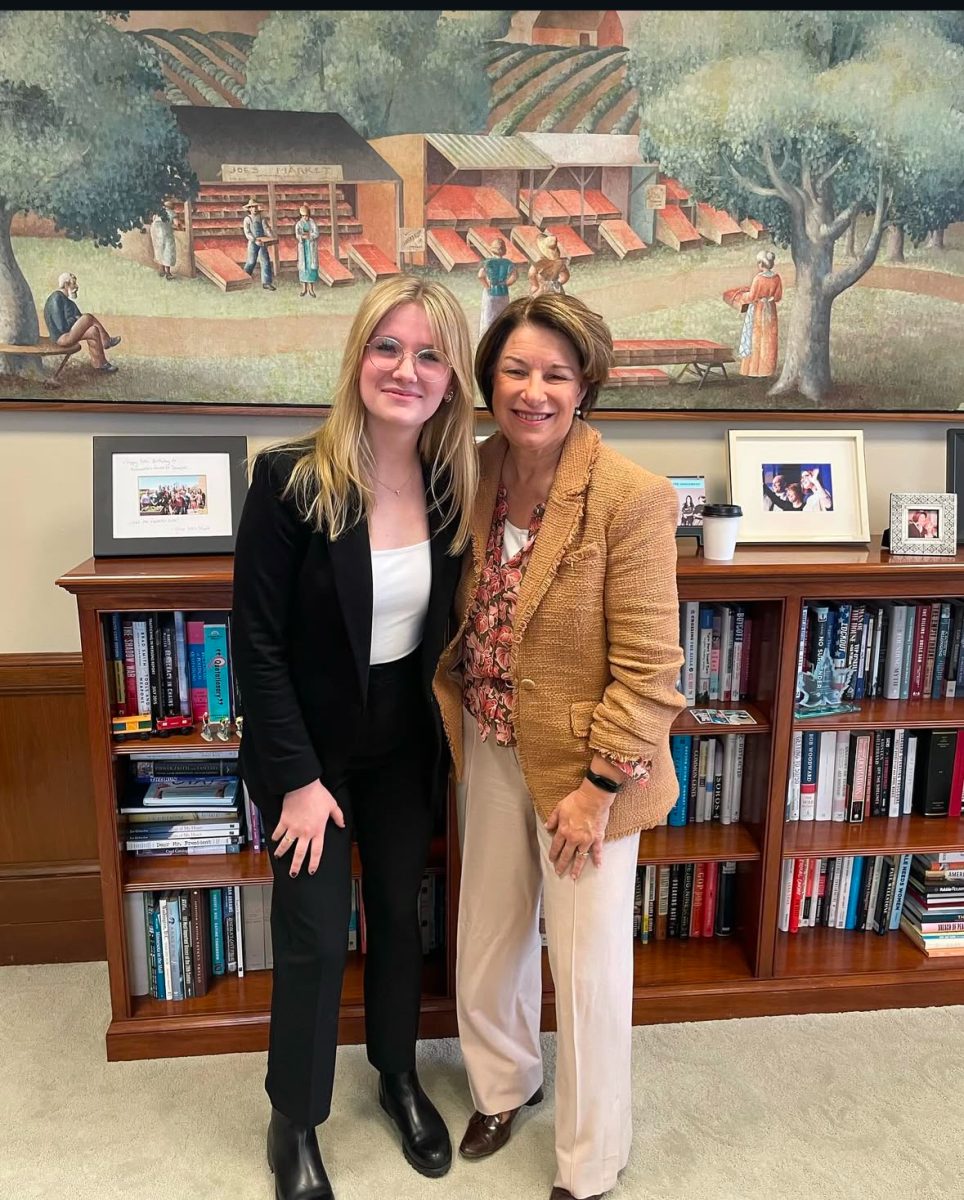
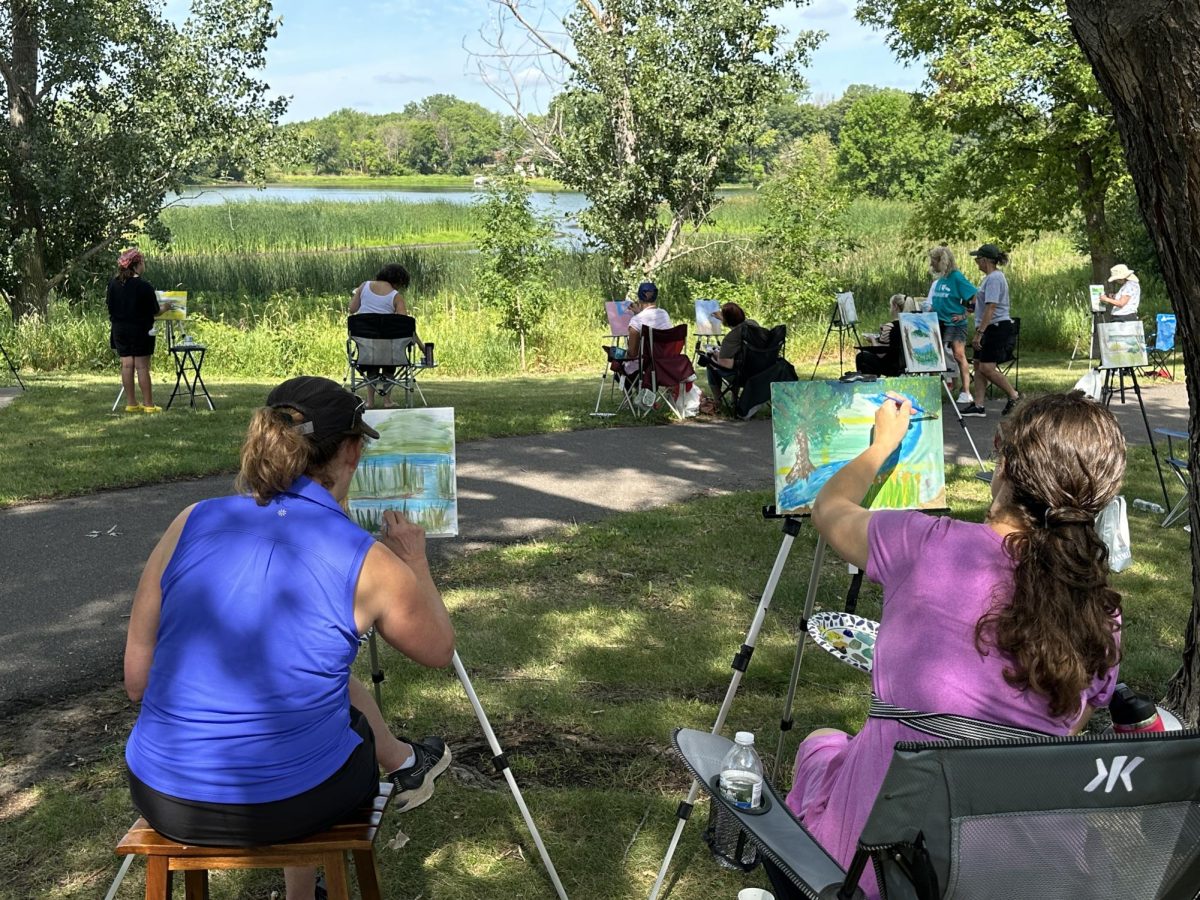

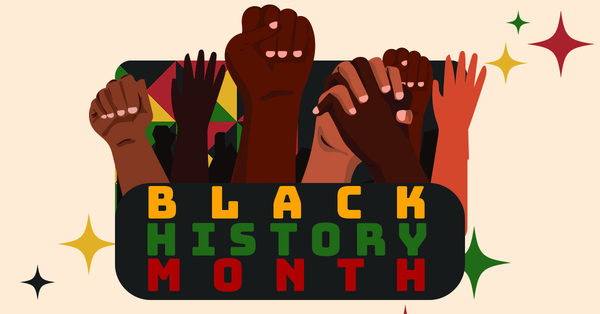








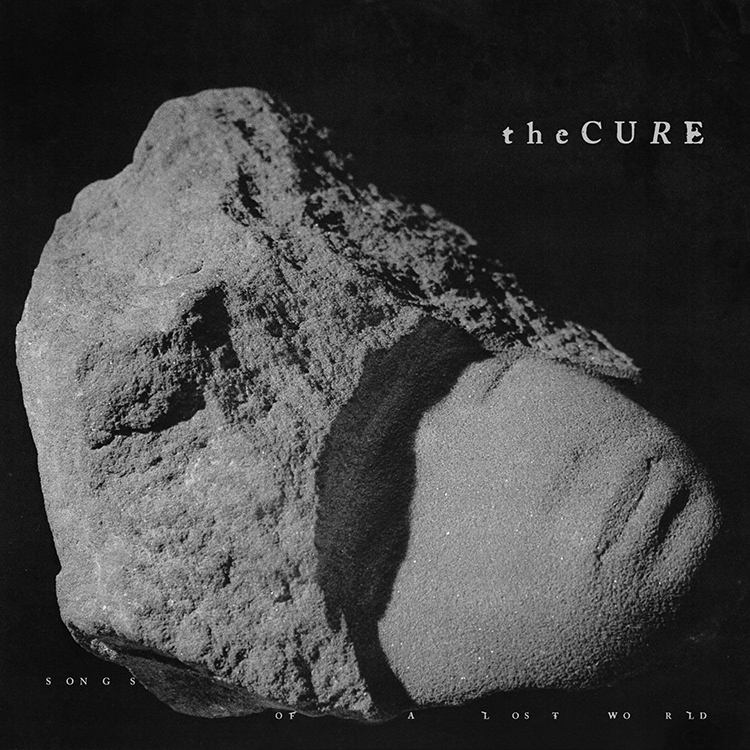


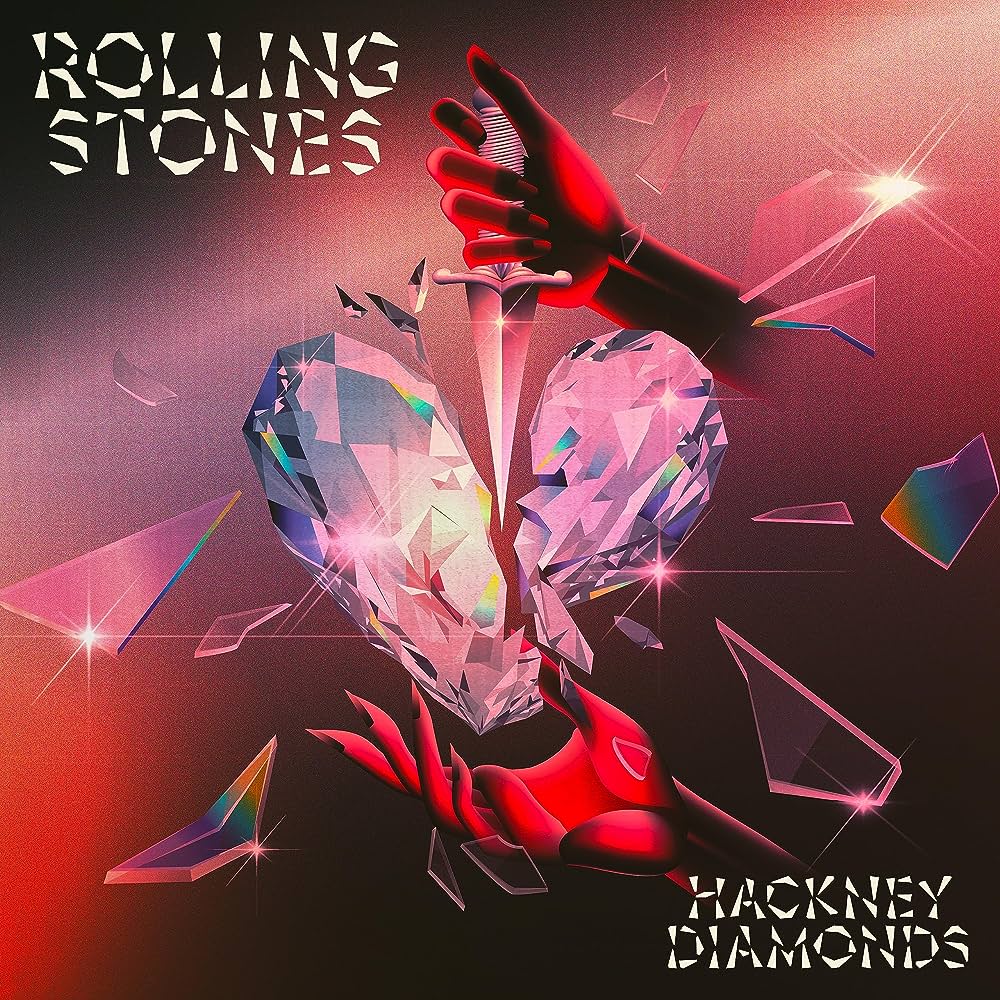







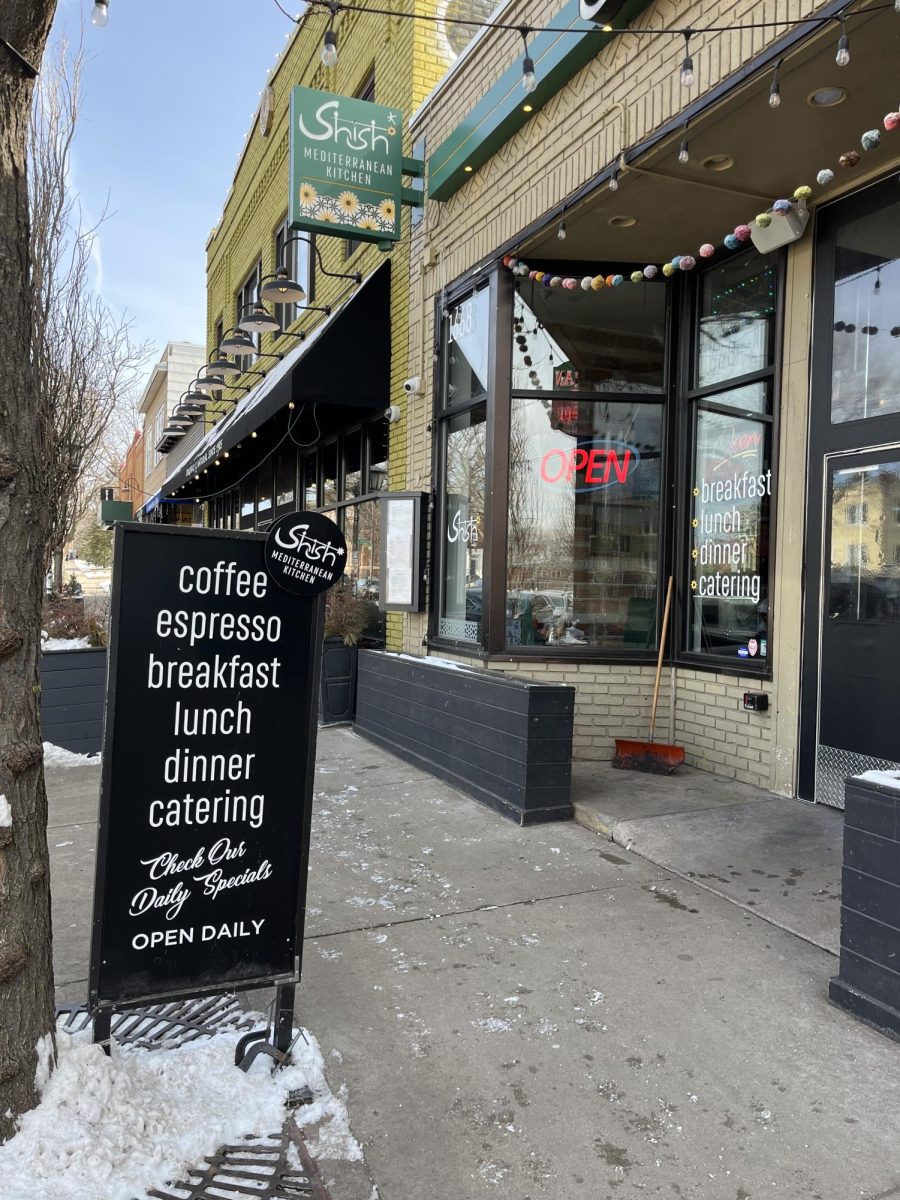

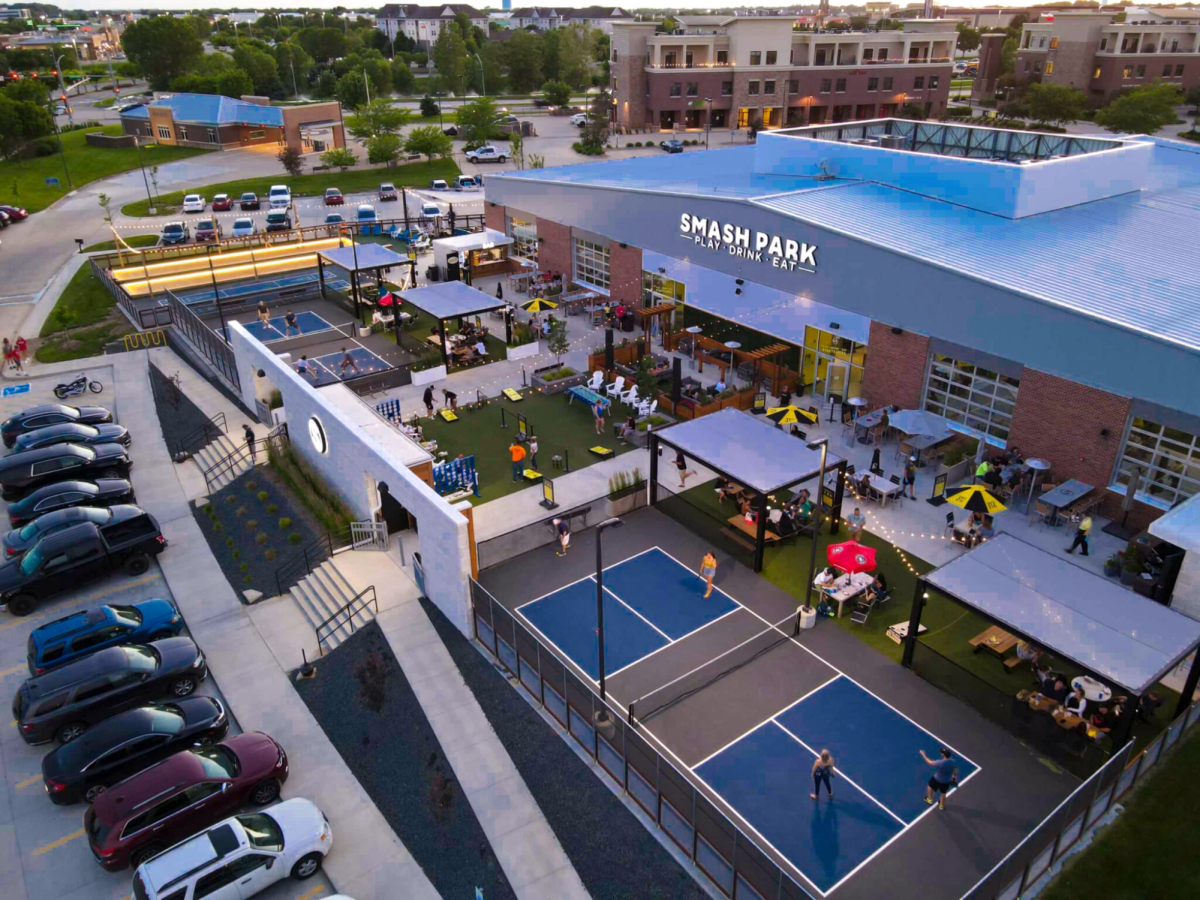





![[OPINION] The dark origins of TikTok's looksmaxxing trend](https://www.mvviewer.org/wp-content/uploads/2024/02/Copy-of-Copy-of-Untitled-Design-1200x675.png)
